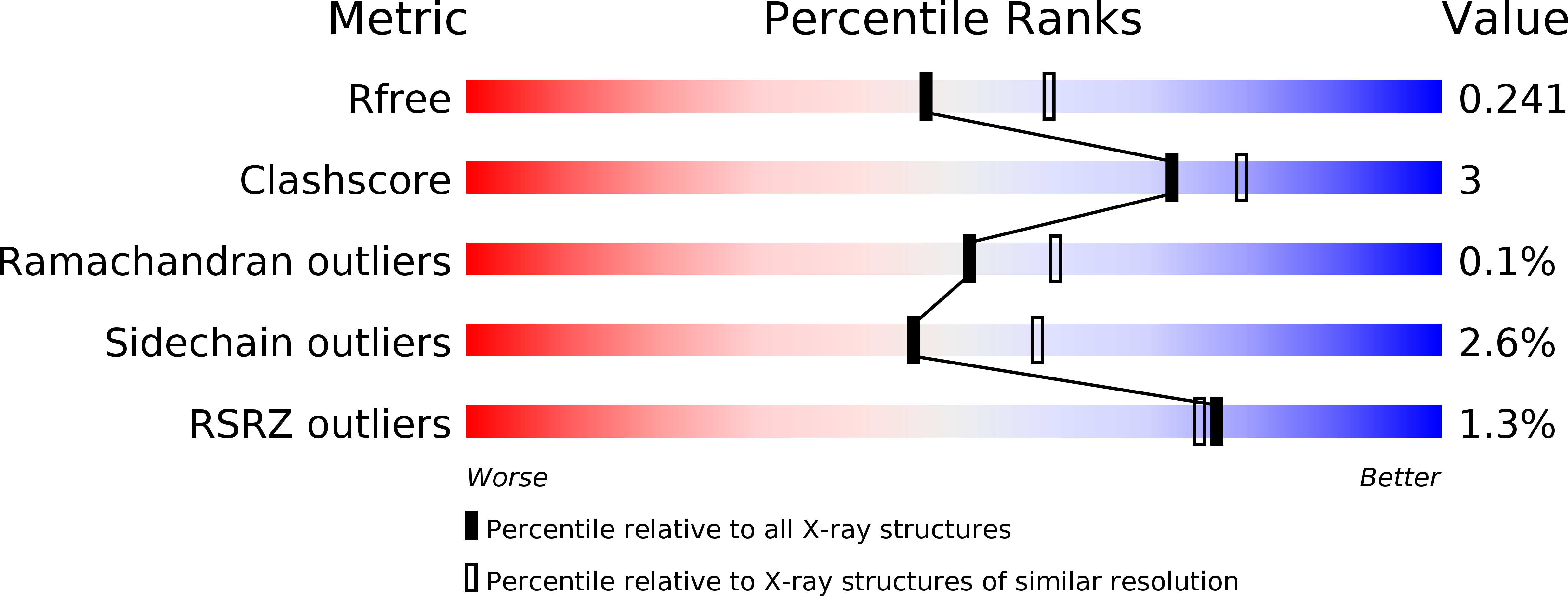
Deposition Date
2016-01-06
Release Date
2016-06-22
Last Version Date
2024-10-23
Entry Detail
PDB ID:
5HF9
Keywords:
Title:
Crystal structure of human acetylcholinesterase in complex with paraoxon and HI6
Biological Source:
Source Organism:
Homo sapiens (Taxon ID: 9606)
Host Organism:
Method Details:
Experimental Method:
Resolution:
2.20 Å
R-Value Free:
0.24
R-Value Work:
0.20
R-Value Observed:
0.20
Space Group:
P 31 2 1


